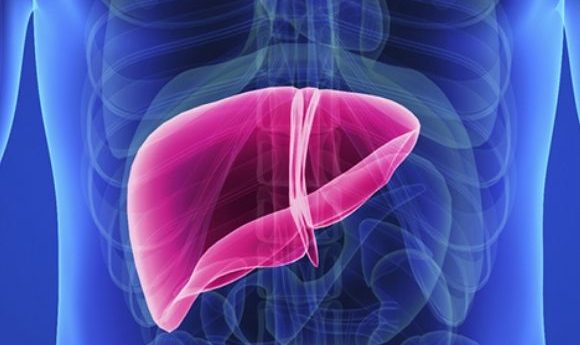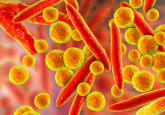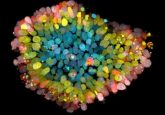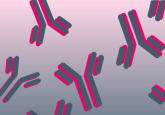Miniaturizing models of liver disease

Researchers have created multicellular liver organoids that can mimic human liver diseases, a model showing potential for drug discovery and development.
In a recent collaboration study, researchers from Tokyo Medical and Dental University (Japan) and Cincinnati Children’s Hospital Medical Center (CCHMC; OH, USA) have developed a reproducible technique for creating multicellular liver organoids from pluripotent stem cells. The miniature livers replicate their in vitro counterpart in both gene and protein scale and reached their peak size within 20 days of the researchers combining the different actively growing cell types.
Once grown, the researchers were then able to trigger steatohepatitis – a human liver disease characterized by inflammation, fat accumulation and fibrosis – in the livers.
“Using atomic force microscopy, we also measured the organoids’ stiffness, which reflects the severity of liver fibrosis,” commented study author Shodai Togo (CCHMC). “The ability to trigger disease symptoms in this organ-simulating model will improve our understanding of disease development and underlying causes and will allow safe drug testing.”
-
Is your liver as old as your brain?
-
Neural networks in a dish
-
Cardiac tissue cultures – out now in 3D!
Using the same technique, the team also created a diseased form of the liver organoids, using pluripotent stem cells taken from patients with Wolman disease.
“These patients are deficient in an enzyme involved in breaking down fatty material, resulting in fat accumulation in various organs including the liver. We then investigated ways to treat these sick organoids and succeeded in alleviating the disease symptoms using two different methods,” commented co-author Rie Ouchi (CCHMC).
Currently, treatment options for Wolman disease are extremely expensive and the team hope that developments in disease models, similar to the ones they have developed, will aid in the discovery of novel affordable treatments. There is also hope that this technique may be utilized for modeling other diseases and finding treatments.
CCHMC researcher Takanori Takebe commented: “This novel and reproducible in-a-dish strategy paves the way to precise investigation of patient-specific disease mechanisms and the discovery of effective treatments using diseased human liver organoids.”





